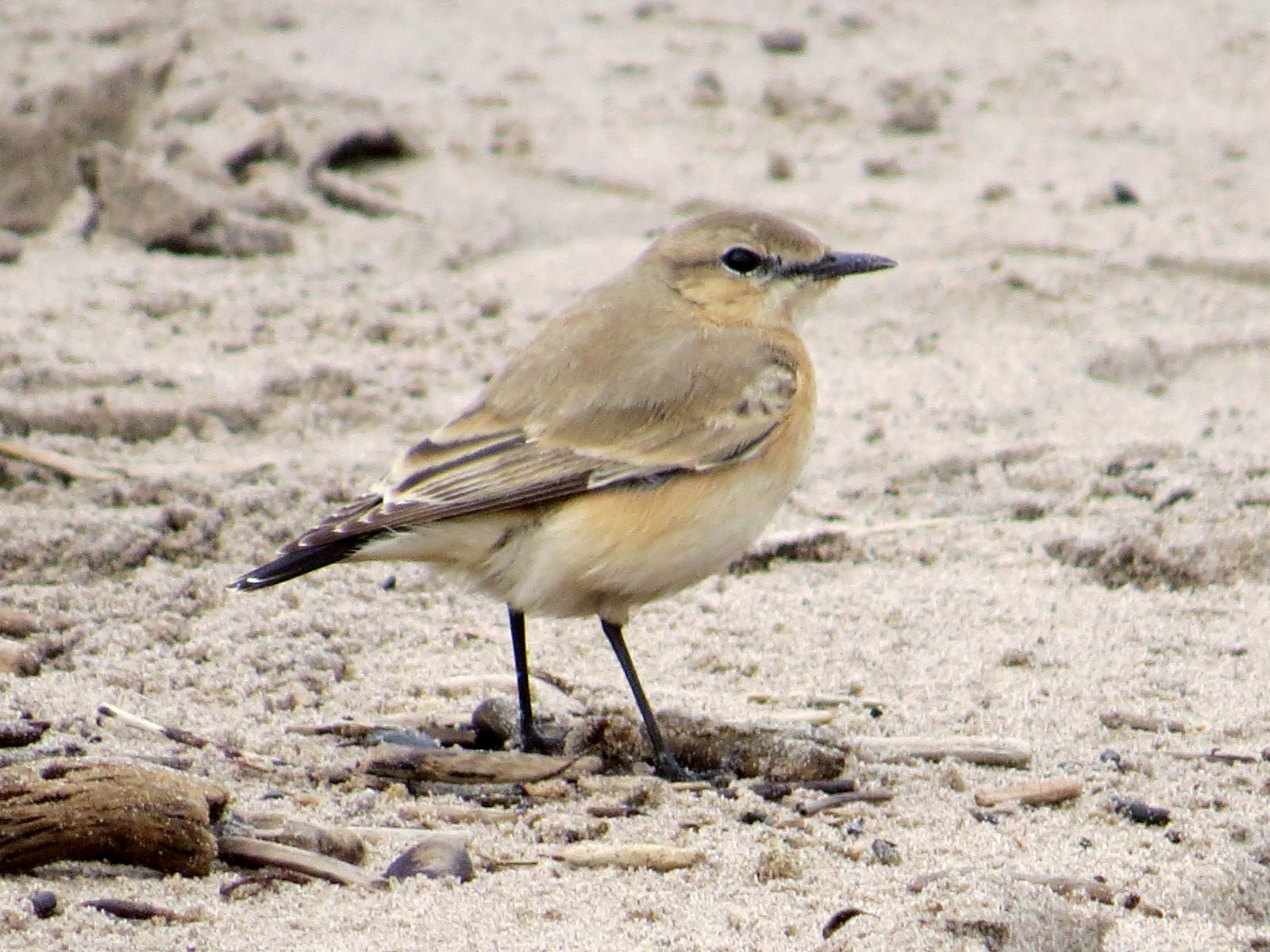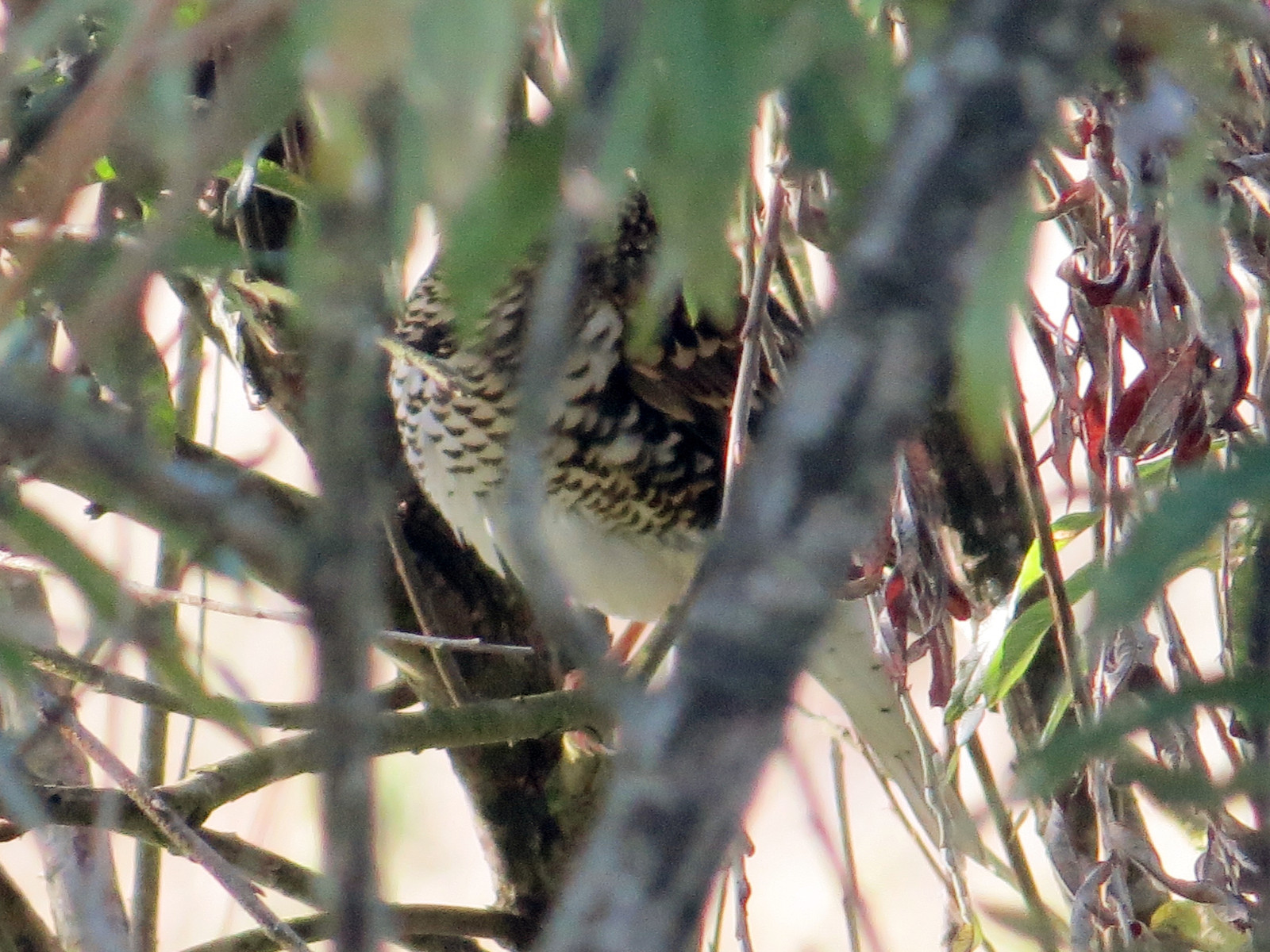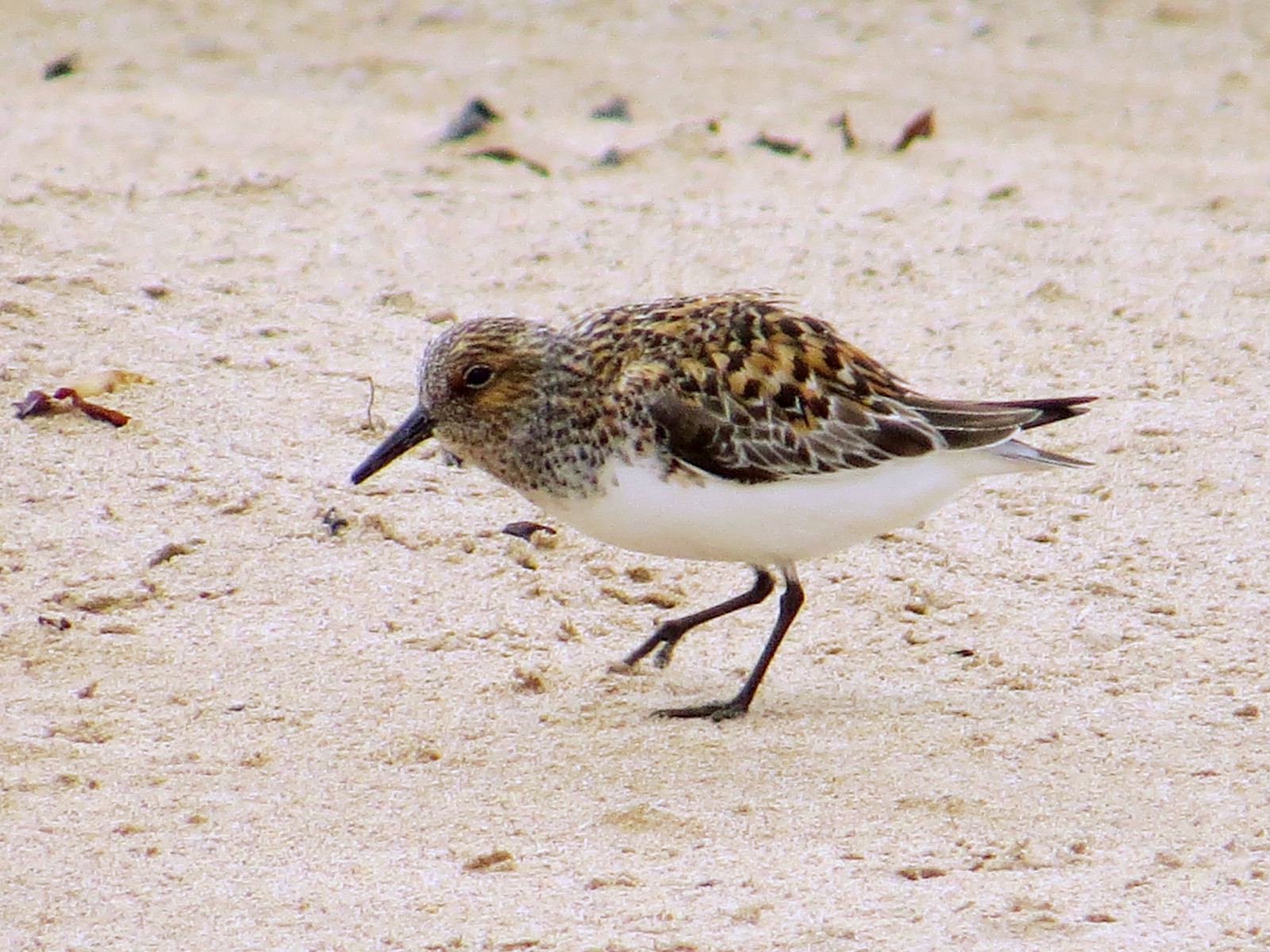Beschreibung
Holy Island is a tidal island off Northumberland’s coast that becomes inaccessible when the tide covers its causeway. When it is safe to cross the causeway, it is a great destination for birders. Holy Island is part of the Lindisfarne National Nature Reserve, and considered to be one of the best birdwatching sites in Northumberland, with a large range of resident and visiting birds throughout the year. It is a regional hotspot for migrants in spring and autumn. Check tide tables before visiting (see the link below).
The island and the adjacent mudflats are the wintering range for almost the entire Svalbard population of Pale-bellied Ringelgans, and are also important for Kurzschnabelgans and Singschwan, along with large numbers of ducks (notably Brandgans, Pfeifente, Krickente, Spießente) and waders (Kiebitzregenpfeifer, Knutt, Alpenstrandläufer, Pfuhlschnepfe, Rotschenkel, and many others). In late May, the north shore is a major staging post for large flocks of Sandregenpfeifer and Sanderling heading for the high arctic, while Sichelstrandläufer and Zwergstrandläufer can often be found in late summer and autum. The large autumn flocks of Goldregenpfeifer in the fields are also worth checking carefully for regular vagrant Prärie-Goldregenpfeifer; Tundra-Goldregenpfeifer has also been recorded several times.
In October and November, look for large arrivals of thrushes, mostly Rotdrossel and Wacholderdrossel, but also Singdrossel and Amsel, and a few Ringdrossel; the fields around the Straight Lonnen often have the largest numbers. At the same time, the hedges on the Straight Lonnen and the scattered bushes in the dunes often have many warblers and chats, with Mönchsgrasmücke, Zilpzalp and Gartenrotschwanz the most conspicuous, but also regularly other species like Gelbbrauen-Laubsänger, Goldhähnchen-Laubsänger, Sperbergrasmücke, Zwergschnäpper, Trauerschnäpper, and Blaukehlchen.
Recent rarities have included Saatgans, Tundrasaatgans, Ohrentaucher, Schwalbenmöwe, Gelbschnabeltaucher, Rotfußfalke, Braunwürger, Schwarzstirnwürger,Wanderlaubsänger, Grünlaubsänger, Dunkellaubsänger, Streifenschwirl, Wüstengrasmücke, Rosenstar, Sibirische Erddrossel, Blauschwanz, Isabellsteinschmätzer, Zwergammer.
Details
Zugang
Signposted east off the A1 at Beal; head east for 8 km on minor raod, across tidal causeway. Parking on left just before entering village. Limited parking off road in western part of the island. Nearest train station is Berwick, 12 km north. Possible to cycle but research before trying. On the map below you see a selection of walks around the island.
Terrain und Habitat
Vereinzelte Bäume und Büsche , Grasland, Wiesen , Feuchtgebiet , Ebene , Moor/Heideland , Meer , See , Strand , Dünen , Schilfflächen , Schlammflächen , LandwirtschaftBedingungen
Flach , Offene Landschaft , Hochwasser möglich , SandigRundweg
JaIst ein Spektiv nützlich?
Möglicherweise hilfreichGute Beobachtungszeit
GanzjährigBeste Beobachtungszeit
Frühjahrszug , Herbstzug , Winter , Frühjahr , Herbst , SommerRoute
asphaltierte Straße , Normaler Weg , unbefestigte Straße , Schmaler PfadSchwierigkeitsgrad der Tour
DurchschnittlichErreichbarkeit
Fahrrad , zu FußBeobachtungshütten oder -türme
JaZusätzliche Informationen
Holy Island is also known as Lindisfarne. Single bird hide overlooking The Lough (a small lake on the east side of the island). Viewpoint over small wetland (good for waders) on path from village to castle. Paths criss-cross the island and various circular walks can be made. Stay on marked paths as far as possible. Cattle graze the dunes. One site worth visiting is the Vicar's garden, in the SW corner of the village across the lane from the church (look over the wall from the adjacent pony field); vagrant warblers can be seen here after east winds in migration periods.



